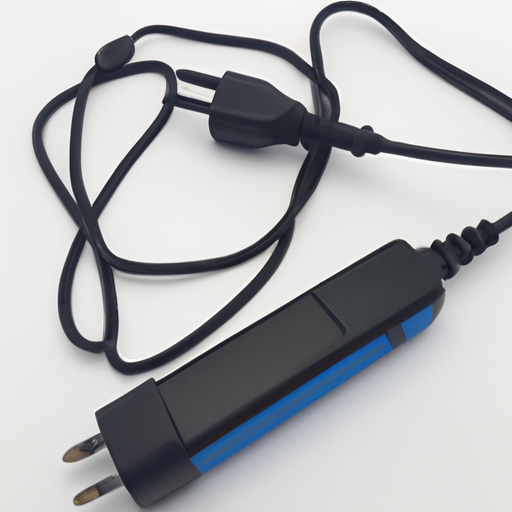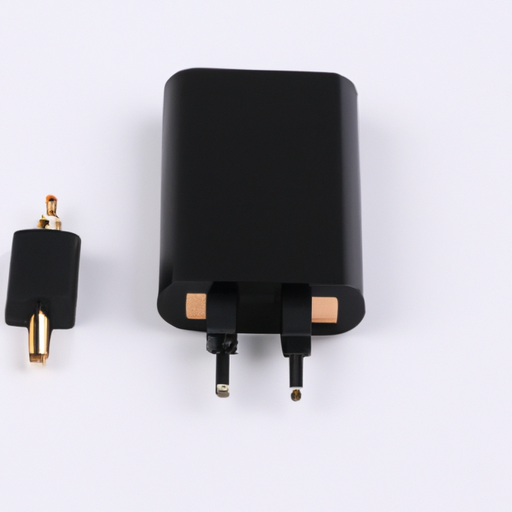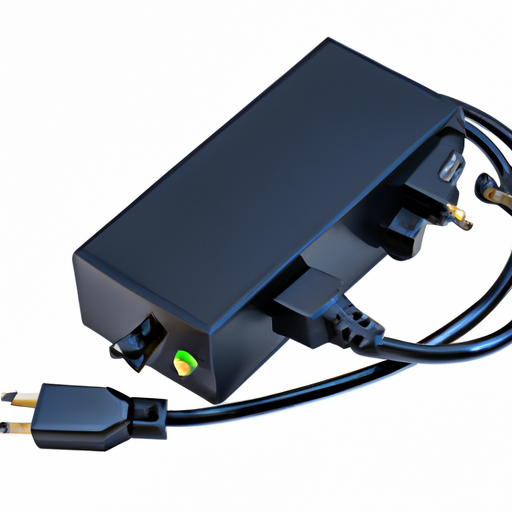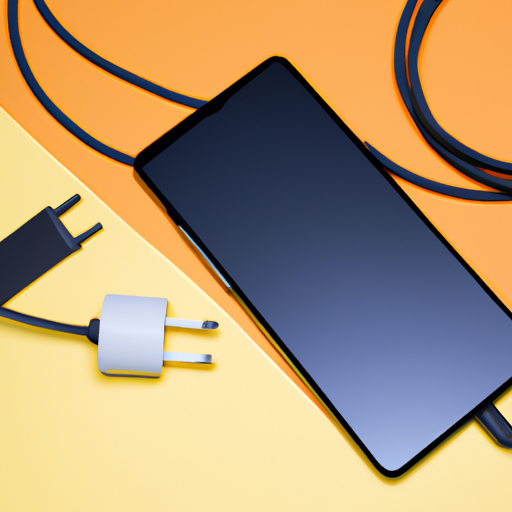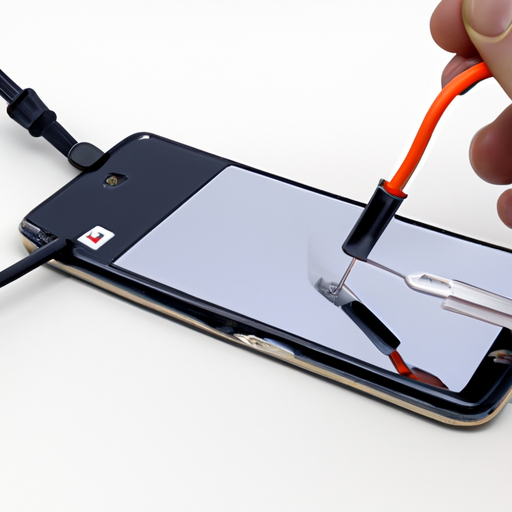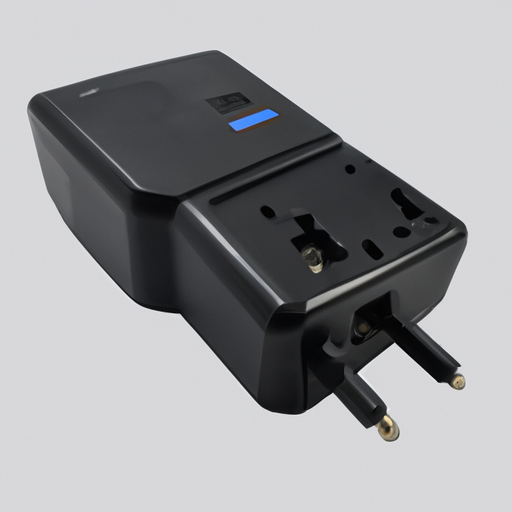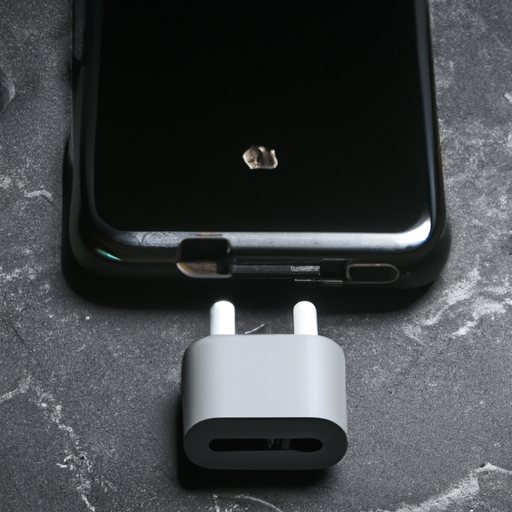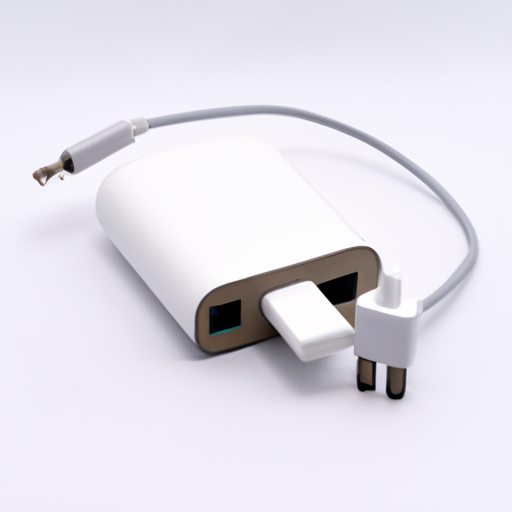What is the Thermal and Electrical Conductivity of the Mobile Power Supply that Becomes a Fast Charger?
I. Introduction
In our fast-paced world, the demand for quick and efficient charging solutions has never been higher. Mobile power supplies, commonly known as power banks, have evolved significantly, with many now offering fast charging capabilities. Fast chargers can replenish a device's battery in a fraction of the time compared to traditional chargers, making them essential for users on the go. However, the effectiveness of these fast chargers hinges on two critical properties: thermal and electrical conductivity. This article delves into these concepts, exploring their significance in fast charging technology and the materials that enhance performance.
II. Understanding Thermal Conductivity
A. Definition of Thermal Conductivity
Thermal conductivity is a material's ability to conduct heat. It is quantified by the rate at which heat passes through a material when there is a temperature difference across it. Materials with high thermal conductivity, such as metals, can transfer heat quickly, while insulators, like rubber or glass, have low thermal conductivity.
B. Factors Affecting Thermal Conductivity in Materials
1. **Material Composition**: Different materials have varying thermal conductivities. Metals like copper and aluminum are excellent conductors, while non-metals typically have lower conductivity.
2. **Temperature**: Thermal conductivity can change with temperature. For most materials, conductivity increases with temperature, but this is not universal; some materials may exhibit decreased conductivity at higher temperatures.
3. **Structure and Phase**: The arrangement of atoms in a material (its crystalline structure) and its phase (solid, liquid, or gas) significantly influence thermal conductivity. For instance, crystalline solids generally conduct heat better than amorphous solids.
C. Importance of Thermal Conductivity in Mobile Power Supplies
1. **Heat Generation During Charging**: Fast charging generates significant heat due to the rapid transfer of energy. If this heat is not effectively dissipated, it can lead to overheating, which may damage the battery and reduce its lifespan.
2. **Impact on Battery Life and Performance**: High thermal conductivity materials can help manage heat more effectively, ensuring that batteries operate within safe temperature ranges, thus prolonging their life and maintaining performance.
III. Understanding Electrical Conductivity
A. Definition of Electrical Conductivity
Electrical conductivity is the measure of a material's ability to conduct an electric current. It is influenced by the availability of charge carriers (like electrons) and is typically expressed in siemens per meter (S/m).
B. Factors Affecting Electrical Conductivity in Materials
1. **Material Type**: Metals are generally good conductors due to their free electrons, while insulators have tightly bound electrons that do not move freely. Semiconductors, like silicon, have conductivity that can be modified by adding impurities (doping).
2. **Temperature and Impurities**: Electrical conductivity can also be affected by temperature; for most metals, conductivity decreases as temperature increases due to increased atomic vibrations. Impurities can either enhance or reduce conductivity, depending on their nature.
C. Importance of Electrical Conductivity in Fast Charging
1. **Efficiency of Energy Transfer**: High electrical conductivity ensures that energy is transferred efficiently from the charger to the device, minimizing energy loss as heat.
2. **Impact on Charging Speed and Safety**: Efficient energy transfer allows for faster charging times. However, poor conductivity can lead to overheating, posing safety risks such as battery damage or fire.
IV. Materials Used in Mobile Power Supplies
A. Common Materials for Conductors and Insulators
1. **Copper and Aluminum for Electrical Conductivity**: Copper is the most widely used conductor in power supplies due to its excellent electrical conductivity and thermal properties. Aluminum is also used, particularly in applications where weight is a concern, despite its lower conductivity.
2. **Thermal Interface Materials (TIMs) for Thermal Conductivity**: TIMs are used to enhance thermal conductivity between components, ensuring efficient heat transfer. These materials can include thermal pastes, pads, and gels.
B. Emerging Materials and Technologies
1. **Graphene and Carbon Nanotubes**: These materials have shown exceptional thermal and electrical conductivity, making them promising candidates for future power supply technologies.
2. **Advanced Ceramics and Composites**: These materials can offer a combination of good thermal management and electrical insulation, making them suitable for various applications in fast charging systems.
V. The Role of Thermal Management in Fast Charging
A. Heat Generation During Fast Charging
Fast charging can generate substantial heat due to the rapid influx of energy. If not managed properly, this heat can lead to thermal runaway, where the battery temperature rises uncontrollably, potentially causing failure or fire.
B. Thermal Management Strategies
1. **Heat Sinks and Thermal Pads**: These passive cooling solutions help dissipate heat away from critical components, maintaining safe operating temperatures.
2. **Active Cooling Systems**: More advanced systems may employ fans or liquid cooling to actively manage heat, particularly in high-performance applications like electric vehicles.
C. Impact of Effective Thermal Management on Performance and Safety
Effective thermal management is crucial for maintaining the performance and safety of fast charging systems. By keeping temperatures within safe limits, manufacturers can enhance battery life, improve charging efficiency, and reduce the risk of accidents.
VI. The Role of Electrical Management in Fast Charging
A. Power Electronics in Fast Chargers
1. **Voltage Regulation and Current Control**: Fast chargers utilize sophisticated power electronics to regulate voltage and control current flow, ensuring that devices receive the optimal amount of power without exceeding safe limits.
2. **Role of Converters and Inverters**: These components convert AC to DC power and adjust voltage levels, playing a critical role in the efficiency and safety of fast charging systems.
B. Safety Mechanisms in Fast Charging Systems
1. **Overcurrent Protection**: This feature prevents excessive current from damaging the battery or charger, ensuring safe operation.
2. **Thermal Cutoff Systems**: These systems automatically disconnect power when temperatures exceed safe thresholds, providing an additional layer of safety.
VII. Case Studies and Real-World Applications
A. Examples of Fast Charging Technologies in Smartphones and Electric Vehicles
Many modern smartphones and electric vehicles utilize fast charging technologies that rely on advanced thermal and electrical management systems. For instance, companies like Tesla and Apple have developed proprietary fast charging solutions that optimize both heat dissipation and energy transfer.
B. Analysis of Thermal and Electrical Performance in These Applications
In smartphones, the integration of high-conductivity materials and effective thermal management has led to significant reductions in charging times. Similarly, electric vehicles benefit from advanced cooling systems that manage heat generated during rapid charging.
C. Future Trends in Fast Charging Technology
As technology advances, we can expect to see even more efficient materials and designs that enhance thermal and electrical conductivity. Innovations such as solid-state batteries and improved power electronics will likely play a significant role in the future of fast charging.
VIII. Conclusion
In summary, the thermal and electrical conductivity of mobile power supplies is crucial for the effectiveness of fast chargers. Understanding these properties allows manufacturers to design safer, more efficient charging solutions that meet the demands of modern technology. Ongoing research and development in materials science and engineering will continue to drive advancements in fast charging technology, paving the way for faster, safer, and more reliable mobile power supplies in the future.
IX. References
A comprehensive list of academic papers, articles, and resources for further reading would typically follow this section, providing readers with additional insights into the topics discussed.
---
This blog post provides a detailed exploration of the thermal and electrical conductivity of mobile power supplies that function as fast chargers, highlighting their importance in modern technology and the materials that enhance their performance.

